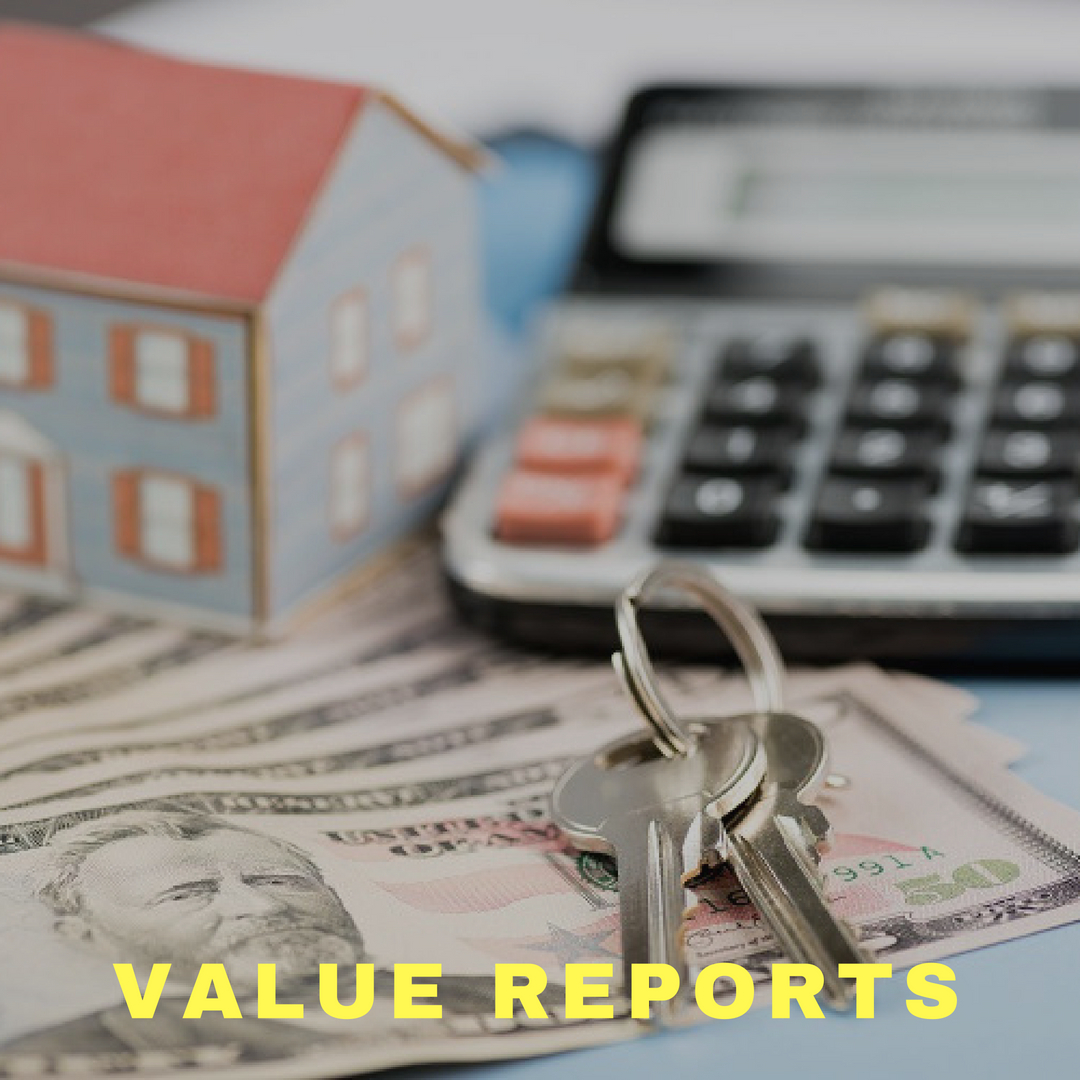Many people have heard the story of the CEO of Zillow selling his home for a about 40% less than the “Zestimate” that Zillow published. https://www.geekwire.com/2016/zillow-ceo-spencer-rascoff-sold-home-40-less-zestimate-1-75-million/ While that happened two years ago the CEO of Zillow now believes you should ask a real estate what your home is worth https://www.marketwatch.com/story/even-the-ceo-of-zillow-thinks-you-should-ask-a-real-estate-agent-what-your-home-is-worth-2016-09-15
Computer home value estimates started off using very simple analytics. Basically, it was the average what other homes in your immediate neighborhood sold for per square foot times the size of your home. Provided this cost per square foot value was estimated was within the upper and lower sales prices that would be the estimate.
The reason this did not work well was the lack of knowledge of the individual amenities that each home has. Homes are not alike, even homes with same floor plan on same block will have variables that make them different. This happens because each lot is different, and every occupant treats their home differently. Add on top of that differences such as views or waterfront, maintenance and upgrades, landscaping; colors and quality all are part of what a buyer pays for your home. Ultimately, what a willing buyer and a willing seller find as an agreeable price is the value. Analytics today are more sophisticated and use age, previous sales price, neighborhood value over time and many more variables.
Computers do not go inside your home or look at the outside of your home. The color of a home both inside and out can change the value of a home. https://magazine.realtor/home-and-design/feature/article/2009/02/can-color-cost-you-sale Buyers will pay more for a home that is well maintained, has updated flooring or appliances which computers cannot evaluate. While the size of the home is an important part of the total market value, it is not the only predictor. Today our company uses four different computer analytics systems to help us determine potential sales price ranges. These vary in what information they gather to predict value. However, only after walking around the outside and going inside your home can we give you the most accurate value estimation.

